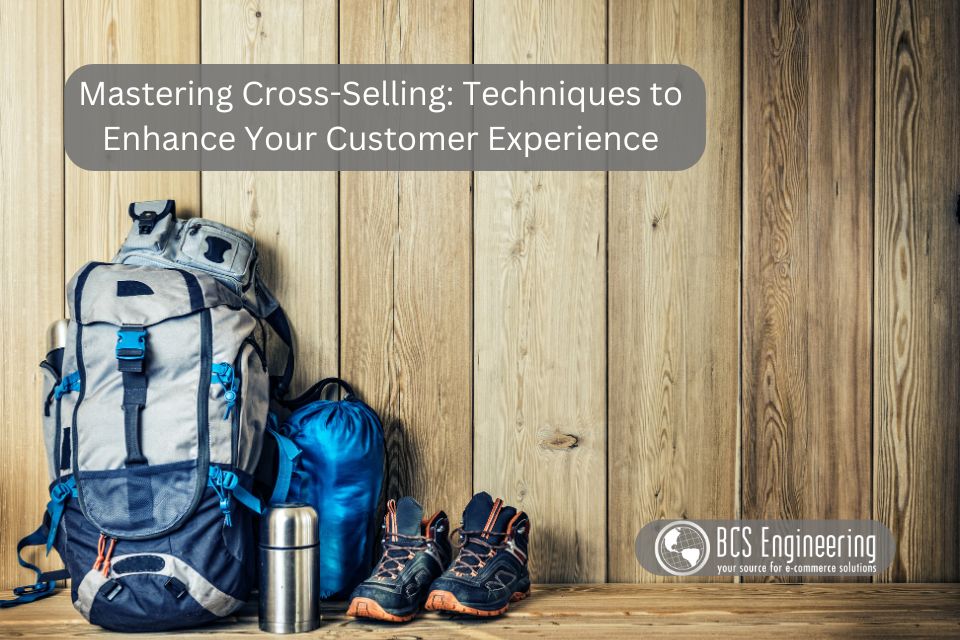Ever noticed how complementary accessories are always conveniently displayed alongside certain products? This is an example of cross-selling. Effective cross-selling not only increases your business’ average order value, but also provides a more comprehensive solution to your customers’ needs. Today, let’s explore what cross-selling is, its benefits, and how to use it in your business!

Understanding Cross-Selling
Cross-selling involves suggesting related or complementary products to a customer who is already considering or has purchased a product. Unlike upselling, which encourages customers to buy a more expensive version of the product they are interested in, cross-selling focuses on offering additional products that enhance or complete the initial purchase.
Benefits of Cross-Selling
Effective cross-selling has many benefits for your business, including:
- Increased Revenue: By encouraging customers to purchase additional items, businesses can significantly boost their sales.
- Enhanced Customer Experience: Offering complementary products can provide a more complete solution, increasing customer satisfaction and loyalty.
- Strengthened Customer Relationships: Personalized recommendations demonstrate an understanding of customer needs, fostering trust and long-term relationships.
Effective Cross-Selling Strategies
Know Your Customers
To cross-sell effectively, it’s crucial to understand your customers. What do they want to see? What products or services do they associate together? You can get a better understanding of your customers by analyzing purchase history, browsing behavior, and demographic data allowing you to tailor your recommendations. For instance, if a customer frequently buys outdoor gear, suggesting a new line of camping equipment might resonate well with them.
Leverage Product Relationships
To create an attractive cross-sell, you need to identify which products naturally go well together. Use data to find out which items are frequently bought together and suggest these combinations. For example, if a customer purchases a smartphone, recommend accessories like a protective case, smart watch, or wireless earbuds.
Timing is Everything
The timing of your cross-sell suggestions can make a significant difference. Offer related products at various stages of the customer journey:
- Pre-Purchase: Suggest complementary items while the customer is browsing.
- During Checkout: Highlight additional products during the checkout process.
- Post-Purchase: Send follow-up emails with recommendations based on their recent purchase.
Personalize Your Approach
Personalization is key to successful cross-selling. Analyze individual customer data and provide tailored recommendations that fit their needs. Furthermore, you can segment your customers based on their behavior and preferences to offer more relevant cross-sell options.
Offer Incentives and Discounts
One way to sweeten a cross-selling deal is with a discount. Encourage customers to buy additional products by offering incentives such as discounts on bundled items or extra loyalty points. For example, a 10% discount on accessories when purchased with a laptop can be a compelling offer.
Want to learn more?
Want to learn more about cross-selling? Listen to our latest eCommerce Made Easy Podcast where Carrie explores the best strategies for effective cross-selling, the technology that can help you get it right, and real-world examples that show just how powerful this technique can be.
